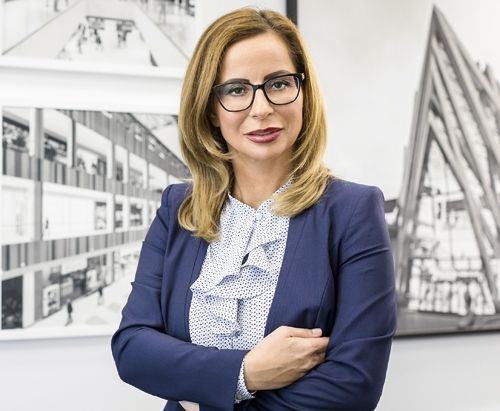Aneta Cichla, ‘Eurobuild CEE’: The retail market has been going through some significant changes. Which of these do you think will turn out to be the most important and how will they change the face of Polish shopping centres?
Monika Pyszkowska, director centre management international, ECE Projektmanagement: There are many trends that are shaping the shopping centre market. However, what precise effect they will have depends on the specifics of a centre and its location. Each individual centre is affected by different factors and is therefore changing in a different way. For example, our emphasis at the moment is on expanding our entertainment services. Malls in city centres don’t need much redevelopment to achieve this. For instance, at Galeria Dominikańska in Wrocław we have extended the food and beverage area but we are not going to invest very much in the entertainment section, because it is a relatively small building in the city centre and requires a slightl































































